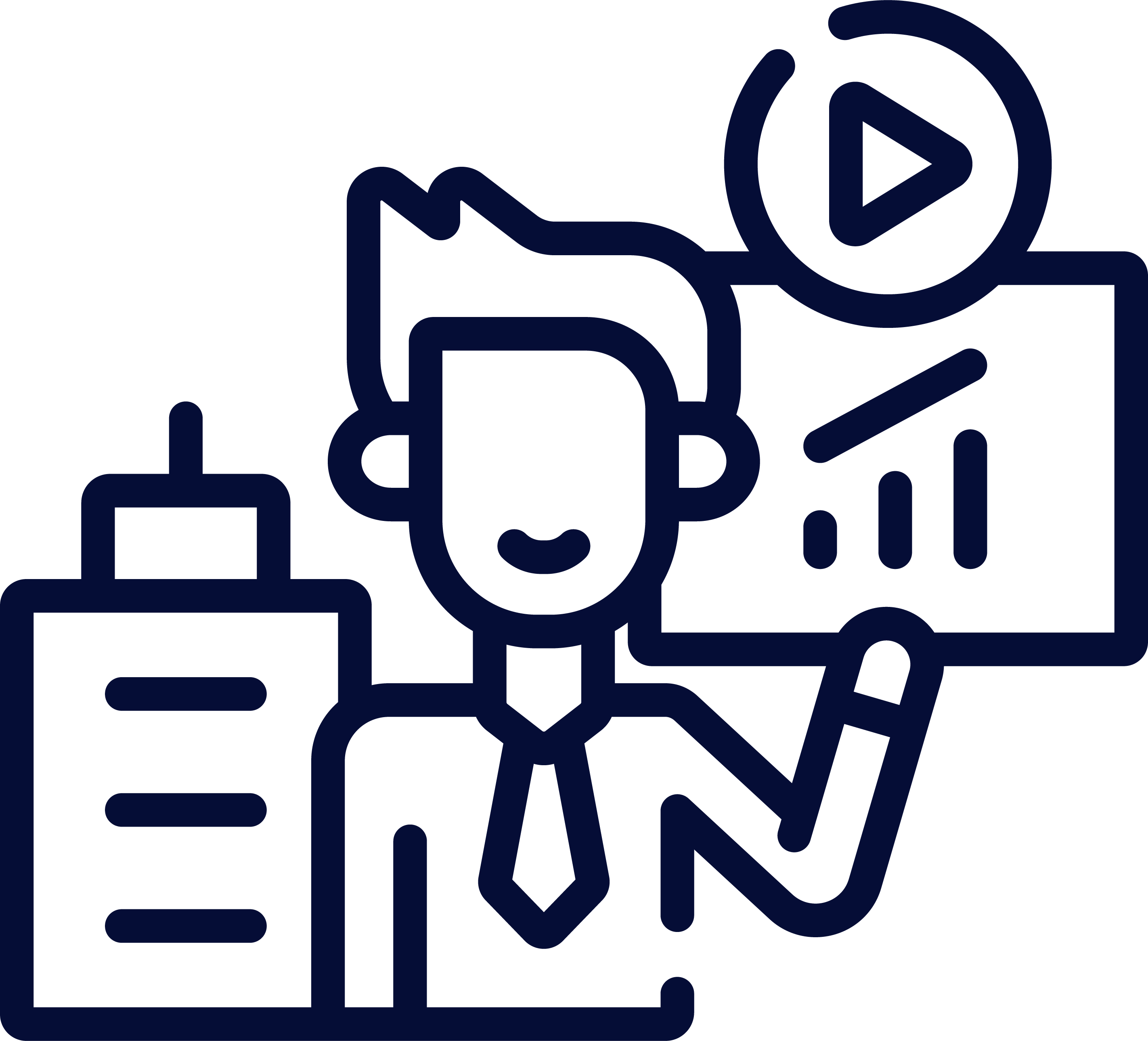Hello everybody and welcome to the Cognixia podcast. In this podcast, every week we pick a topic relating to emerging technologies – the latest developments, how-to guides, and Q&As, among other things and discuss it in more detail to help our listeners learn something new. We appreciate everybody who tunes in to our podcasts and listens to us, we hope we can help you in some way.
In today’s episode, we talk about the relationship between two very important areas of the IT space – IT service management, commonly referred to as ITSM, and Software-as-a-Service, commonly referred to as SaaS. We will explore the relationship between ITSM and SaaS, and how they work together. So, let’s begin!
Like we always do, let us first take a quick look at what SaaS management and ITSM are. SaaS management is the process and practice of tracking and managing the full lifecycle of all the cloud applications deployed in an organization. SaaS management helps improve business value through processes that create complete centralized visibility of the wide range of tools that employees use, optimizing spending, improving routine processes, and automating complex or repetitive tasks.
Nowadays, we commonly see app adoption and ownership becoming more and more distributed. Organizations are increasingly embracing the self-serve mode of operating which has immensely helped streamline request fulfillment processes.
Let us also take a minute to understand what is IT service management. ITSM is the complete set of processes and tasks used by IT teams to manage the end-to-end delivery of IT services to customers, including designing, creating, delivering, and supporting IT services.
Now that we have covered what is SaaS management and what is ITSM, let’s move toward understanding how these two work together.
First, let us look at the internal service portfolio and catalog management. This is an important aspect of ITSM that commonly gets challenged by distributed SaaS adoption. The major thing that causes this is one of the biggest advantages of SaaS applications. SaaS applications are easily accessible and very easy to adopt. This has caused an explosion of sorts at the tech-stack level in organizations. Apart from that, a lot of SaaS applications are acquired or used by employees without the knowledge of the IT teams in the organization. This pushes the actual number of applications being used in the organization to roughly three to six times the actual estimates of the IT department. To beat this and for effective ITSM, IT teams need to build an accurate service catalog. To do this, the organization would need to compile lists of sanctioned and unsanctioned applications being used in the organization. It would also call for effective collaboration between users and IT & security teams to understand what unsanctioned apps are being used, why, how, and by whom they are being used. Getting that visibility is critical.
The next area where ITSM and SaaS management have to work together is access management. In earlier times, organizations followed the traditional service request method, which created a lot of bottlenecks for teams. It called for a lot of back and forth, and the process was repetitive, mundane, and time-consuming. SaaS management can step in and help make things easier, more secure, and more efficient. Here, the catalog list that we just talked about also helps, because, with a proper list in place, accesses to everything can be clearly defined, so access-related tickets which usually make up a large chunk of the service requests raised by employees go down significantly.
Another area where ITSM and SaaS management must work together is financial management. Every organization hopes to keep its costs down and keep its ROIs high. However, it has often been found that companies end up overspending by a giant margin on cloud applications, and in a lot of cases, they don’t even realize they have overspent. It has also been found that about one-third of the spending on SaaS applications usually goes to waste in the form of unused applications underutilized licenses, duplicate licenses, redundant licenses, hidden costs, incorrect access profiles, etc. Distributed SaaS management will usually nip this problem in the bud. Organizations would need to monitor their expenses and records – renewal dates, usage data, etc. A good addition to this would be establishing a Single Source of Truth or SSOT. This would unify spending, contract management, monitoring of usage data, etc. This would help the organization take direct spend management quickly and smoothly.
At the end of the day, irrespective of who owns the company apps, which team is responsible for their usage, whether your ITSM team is local or remote, and whether your organization has a proper IT security policy in place or not, SaaS management is essential for everybody. Additionally, effective SaaS management requires a strong collaboration environment in the organization. It also requires a shared understanding of business goals as well as alignment on the execution of these goals.

One thing to always remember is when the IT function is given its due importance and there is close coordination between the different stakeholders, distributed SaaS management will prove to be immensely helpful in enabling teams and individuals to optimize licenses, improve efficiency, and have empowered self-service in place in the organization.
SaaS management plays a very critical role in reducing the risk posed by unmanaged tools and technologies, improving the value of purchased software, and increasing the effectiveness of users who deploy SaaS applications. Common functions served by effective SaaS management include:
- Contain SaaS application costs
- Manage SaaS licenses
- Plan SaaS renewals
- Manage SaaS vendors and contracts
- Ensure visibility into the SaaS purchases
- Eliminate and reduce shadow IT
- Strengthen the security of SaaS applications
- Maintain active SaaS inventory, and
- Enhance and facilitate IT collaboration
So, this helps you understand how important SaaS management is for every organization and how it works in synchronization with the IT service management functions. It is all about effective collaboration for smoother, more efficient & secure operations.
With that, we come to the end of this week’s Cognixia podcast episode. We are running special promotions this month for our live online instructor-led ITIL 4 Foundation training and certification. The ITIL 4 Foundation certification is the perfect starting point for a stellar career in the field of IT service management and can do wonders for your professional journey, so get in touch with us today to know more about this globally recognized certification. Visit our website, www.cognixia.com for more information. You can talk to us over the live chat and our team will help answer all your queries and questions.
Until next week then!
Happy Learning!




